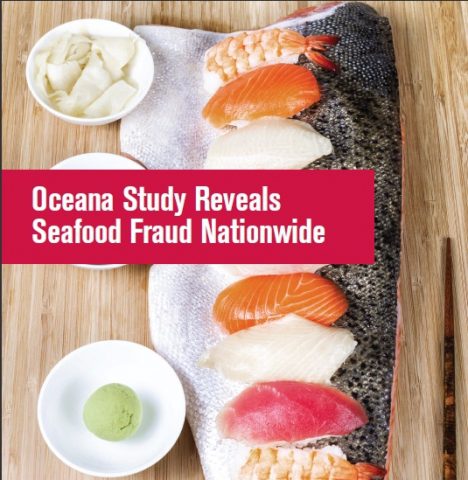Report | February, 2013
Oceana Study Reveals Seafood Fraud Nationwide
From 2010 to 2012, Oceana conducted one of the largest seafood fraud investigations in the world to date, collecting more than 1,200 seafood samples from 674 retail outlets in 21 states to determine if they were honestly labeled.
DNA testing found that one-third (33 percent) of the 1,215 samples analyzed nationwide were mislabeled, according to U.S. Food and Drug Administration (FDA) guidelines.
Of the most commonly collected fish types, samples sold as snapper and tuna had the highest mislabeling rates (87 and 59 percent, respectively), with the majority of the samples identified by DNA analysis as something other than what was found on the label. In fact, only seven of the 120 samples of red snapper purchased nationwide were actually red snapper. The other 113 samples were another fish.
Our findings demonstrate that a comprehensive and transparent traceability system – one that tracks fish from boat to plate – must be established at the national level. At the same time, increased inspection and testing of our seafood, specifically for mislabeling, and stronger federal and state enforcement of existing laws combating fraud are needed to reverse these disturbing trends.
Our government has a responsibility to provide more information about the fish sold in the U.S., as seafood fraud harms not only consumers’ wallets, but also every honest vendor and fisherman cheated in the process–to say nothing of the health of our oceans.
- Highlights from Oceana’s National Seafood Fraud Testing Results
- Map of National Seafood Fraud Testing Results
- National Map of Chef Support for Seafood Traceability
- Bios of Oceana experts Dr. Kim Warner and Beth Lowell
- Oceana seafood photos
- Oceana HD b-roll package and expert soundbites
NOTE: Oceana did not test any canned tuna samples and all samples labeled as “white tuna” were purchased at restaurants or sushi venues.




